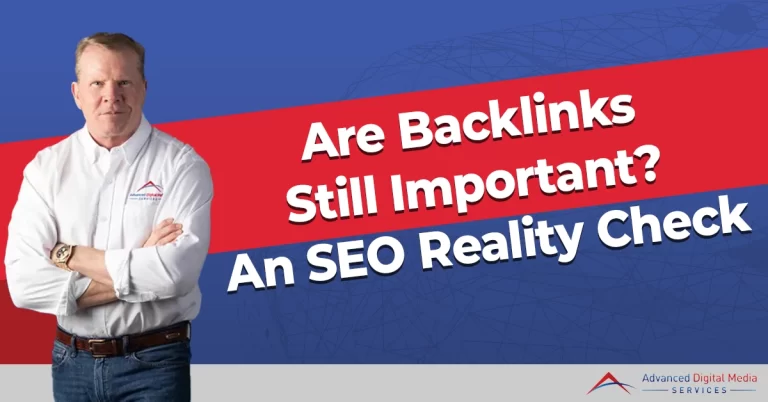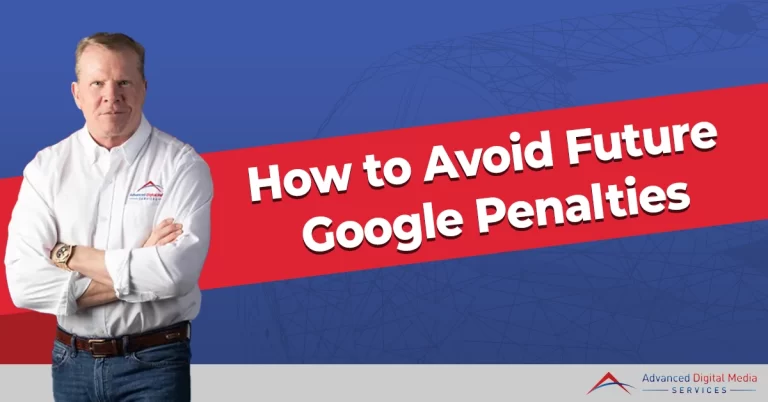Page speed optimization is crucial for SEO and conversions because it directly affects user experience and search rankings. When your site loads slowly, users are likely to bounce, leading to lost opportunities. This happens because Google prioritizes faster sites in search results, impacting your visibility. Improving loading times greatly enhances usability, which can increase user satisfaction and drive conversions. Employing techniques like image optimization, minification, and leveraging CDNs can greatly boost performance. Regularly monitoring your page speed also allows you to make informed adjustments. Understanding these elements can greatly benefit your site’s performance and effectiveness – and there’s more to explore on how to optimize further.

Key Takeaways
- Faster page speeds improve user experience, leading to increased engagement and lower bounce rates, which are crucial for conversions.
- Page speed is a key SEO ranking factor; slower sites are likely to fall behind faster competitors in search results.
- Optimized loading times enhance mobile user experiences, aligning with Google’s mobile-first indexing approach and improving overall SEO performance.
- Core Web Vitals evaluate loading performance and interactivity, influencing both search rankings and user satisfaction.
- Implementing speed optimizations can lead to higher conversion rates, as users are more likely to complete actions on fast-loading sites.
Impact of Page Speed on User Experience
Page speed plays a vital role in shaping user experience on websites. You might not realize it, but a delay of just a few seconds can greatly impact how users interact with your site. When a page loads slowly, visitors are more likely to abandon it, leading to increased bounce rates. This not only frustrates potential customers but also diminishes their overall perception of your brand.
Moreover, faster loading or response times enhance usability, allowing users to navigate seamlessly. If your site responds quickly, users can access information, products, or services without unnecessary delays. This immediacy creates a positive experience, encouraging return visits and cultivates customer loyalty.
You should also consider that mobile users are particularly sensitive to page speed. With an ever-increasing number of users accessing websites through mobile devices, optimizing for speed is crucial. If your site doesn’t load swiftly on mobile, you risk losing a considerable audience segment.
How Does Page Speed Affect SEO Ranking Factors?
While it may seem that content and backlinks are the primary drivers of SEO rankings, page speed plays a crucial role in determining your site’s visibility on search engines.
Google has explicitly stated that page speed is a ranking factor, meaning that if your site loads slowly, it’s likely to rank lower than competitors with faster load times. Fast-loading pages increaseuser experience, leading to lower bounce rates and higher engagement, which are also influential in SEO rankings.
, Core Web Vitals, which focus on loading performance, interactivity, and visual stability, are another set of key metrics Google evaluates. If your site’s metrics fall short, it could negatively impact your rankings.
With the increasing prevalence of mobile searches, page speed on mobile devices is equally important. Google prioritizes mobile-first indexing, meaning that your mobile page speed can greatly affect your overall rankings.
Technical Aspects of Page Speed Optimization
Optimizing your website’s technical elements is essential for increasing page speed and improving SEO performance. Various factors contribute to the overall speed of your site, and addressing them can lead to significant gains in user experience and search engine ranking.
Here are three critical technical aspects to focus on:
- Image Optimization: Compress images without sacrificing quality. Use formats like WebP for faster loading times.
- Minification: Reduce the size of CSS, JavaScript, and HTML files by removing unnecessary characters, which helps your site load faster.
- Server Response Time: Choose a reliable hosting provider and utilize Content Delivery Networks (CDNs) to minimize latency.
Tools and Metrics for Page Speed Analysis
Effective analysis of your website’s page speed relies on the right tools and metrics. To start, Google PageSpeed Insights provides detailed insights into your site’s performance, highlighting areas for improvement. It offers a score based on key metrics like First Contentful Paint (FCP) and Time to Interactive (TTI), giving you a clear benchmark.
Another valuable tool is GTmetrix, which assesses your website’s speed and performance, generating a report that outlines load times and recommends optimizations. It also allows you to track progress over time, so you can see the impact of your changes.
WebPageTest offers even deeper analysis, enabling you to test your site from different locations and browsers. With its waterfall chart, you can visualize the loading sequence of your assets, pinpointing bottlenecks effectively.
Don’t overlook browser developer tools, either. They provide real-time metrics while you’re testing your site, allowing you to assess performance as you implement changes.
Optimization Tips for Faster Page Speed
After evaluating your website’s page speed with tools like Google PageSpeed Insights and GTmetrix, it’s time to implement strategies for improvement.
A few key optimization tips can greatly boost your page speed and overall user experience.
- Optimize Images: Compress images to reduce file sizes without losing quality. Use formats like WebP for better efficiency.
- Minimize HTTP Requests: Limit the number of elements on your page, such as scripts and stylesheets. Combine them where possible to reduce the number of requests.
- Leverage Browser Caching: Enable caching to store frequently accessed resources locally. This reduces load times for returning visitors.
Frequently Asked Questions
How Does Page Speed Impact Mobile Users Specifically?
Page speed directly affects mobile users’ experience; slower loading times lead to higher bounce rates. If your site’s not optimized, you’re likely losing potential customers, as users expect quick access to information on their devices.
What Are Common Misconceptions About Page Speed Optimization?
You might think optimizing page speed only affects user experience, but it’s more than that. Misconceptions often ignore how it impacts search rankings and conversion rates, creating a ripple effect on overall business success.
Can Page Speed Affect My Website’s Bounce Rate?
Yes, page speed considerably affects your website’s bounce rate. When your site loads slowly, visitors are more likely to leave before engaging, resulting in higher bounce rates and negatively impacting your overall user experience and conversions.
How Often Should I Test My Website’s Page Speed?
You should test your website’s page speed regularly, ideally monthly or after significant updates. This guarantees ideal performance, helps identify issues promptly, and maintains user experience, ultimately supporting your overall digital marketing strategy effectively.
Are There Specific Industries That Benefit More From Page Speed Optimization?
Certain industries, like e-commerce and travel, benefit greatly from page speed optimization. Faster load times enhance user experience, reduce bounce rates, and ultimately lead to higher conversions, making speed a critical factor for success.
Conclusion
In summary, optimizing your page speed is vital for enhancing user experience and boosting SEO rankings. You might think that speed improvements require extensive resources, but even small changes, like compressing images or minimizing scripts, can yield significant results. Visualize this: a website that loads in two seconds can retain 15% more visitors compared to one that takes five seconds. By prioritizing speed, you not only elevate your site’s performance but also increase your chances of converting visitors into loyal customers.






